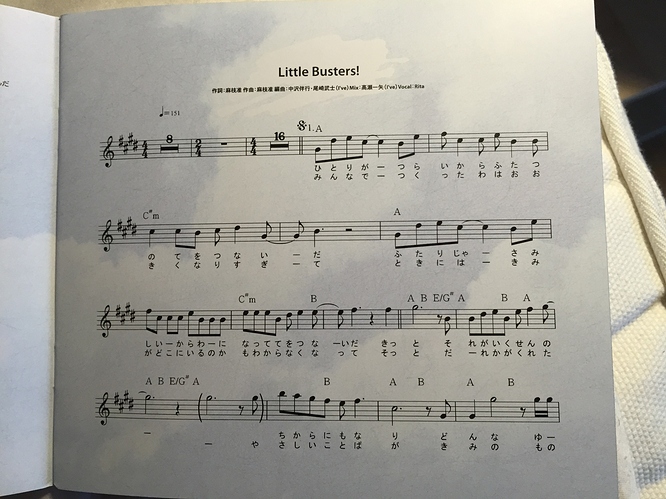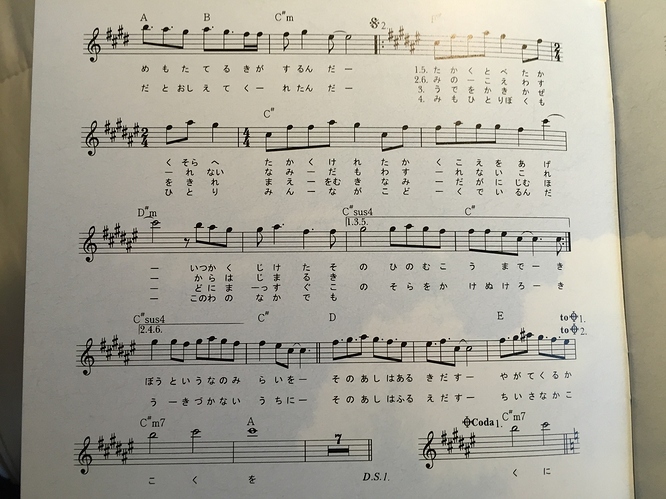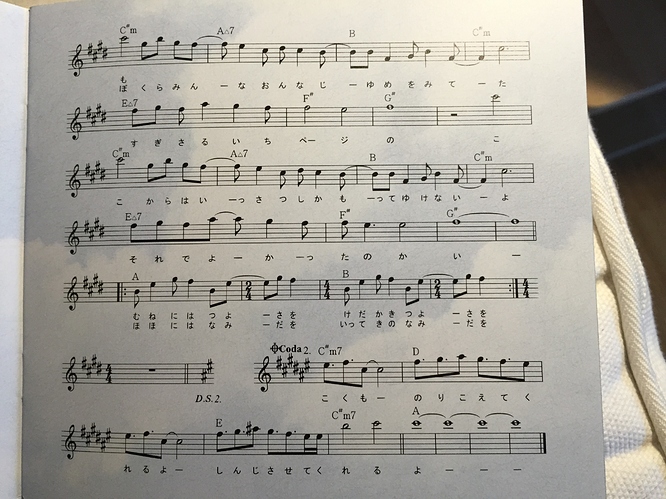Hey all,
Kannagi is out. Once again, I’m not too pleased with it, so it’ll be rewritten in the later future (especially the ending).
Moving on, some of us may recognise this track as the ‘fighting’, or the ‘running with your tail between your legs’ track, since it’s only featured in those scenes with Ryuuya and co. And the rest of us probably never took notice of this track. Nonetheless, it can be said to be rather prominent - being the only techno and percussive track in the album.
The title seems to be a rather obscure phrase, which marries the character for ‘deity’ with the ‘nagi’ from ‘naginata’. 薙 (nagi), is copied wholesale from Chinese, and tends to take the meaning of shaving, shearing, cutting short, tonsuring, etc. From Wiktionary however, it was originally used to describe mountains collapsing, connoting the fall of majestic figures. On the whole, the title can be interpreted as ‘killing deities’. The subtitle, ‘Dissidents’, adds a political bent to the idea.
Returning back to the transcription, this is, thus far, the second piece given the ‘Insane’ difficulty rating in the Air OST, though in my estimation, it can be seen on the same level of Natsukage, Tentoumushi, and Sousei. Featuring a dash of Scarbo-esque figurations, repeated notes, rapid chromatic minor third and major second scales, varied articulations, and hands crossing, intertwining like it’s nobody’s business, it was difficult to park it under ‘Advanced’. The end-product also sounds rather frenetic - almost schizophrenic - and at points seems polytonal, maybe fitting for such a track. I have always had it in mind to make this transcription a colossal but quiet toccata, and I suppose I have, to some extent, accomplished that. All that’s left is to play it.
Here are the sheets and short, if slightly ineffectual, notes. Do take note that the MIDI is far from an ideal rendition of this track; I believe it can be interpreted in many ways, however narrow such a range may be.
Next up is Tsukiwarawa, the final Summer track.




